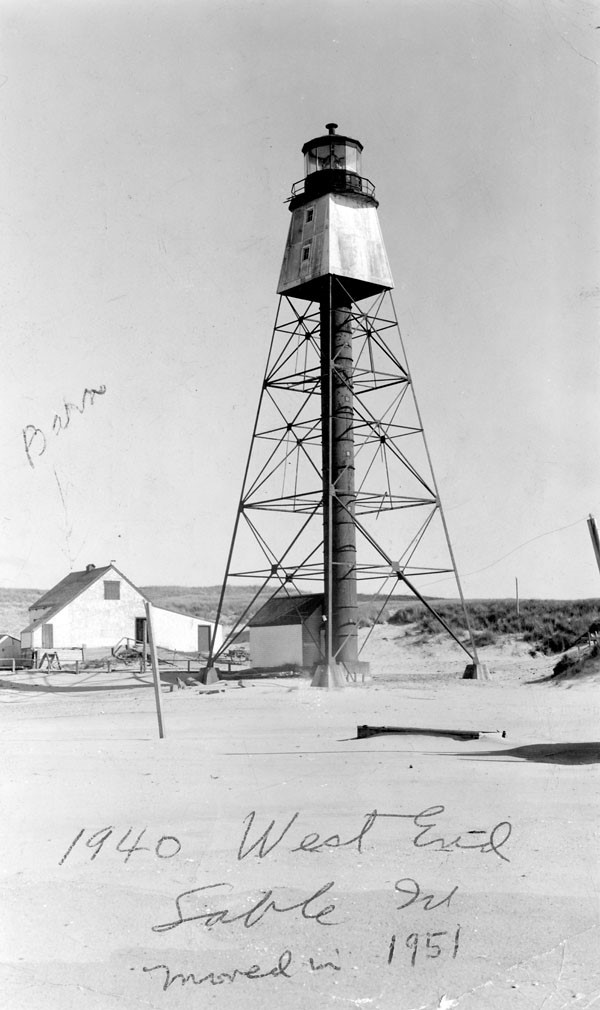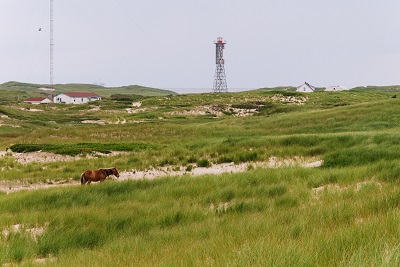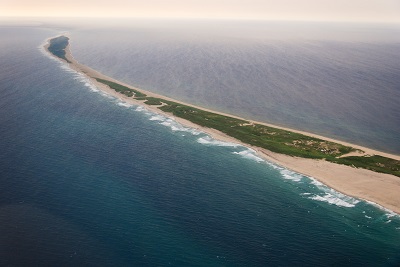Sable Island Humane Establishment (1801–1958) National Historic Event

© Canada. Marine Aids Division, Dept. of Transport / Library and Archives Canada / e003719344
The Sable Island Humane Establishment was designated a national historic event in April 2021.
Between 1801 and 1958, this shore-based rescue organization rescued the crews and passengers, and recovered the cargoes from the international vessels that wrecked on Sable Island, a 31-km2 stretch of crescent-shaped land approximately 290 kilometres southeast of Halifax. The Sable Island Humane Establishment exemplified the growth of government authority over seaward approaches to Halifax and represented the beginnings of government responsibility for coastal rescue services in Canada. Perhaps the most prominent example of the lifesaving stations and societies that helped keep mariners safe along dangerous stretches of shoreline before the founding of the Canadian Coast Guard in 1962, its history provides important insights into the evolution of the practices and technologies of coastal rescue, from the construction of the first houses of refuge and surfboats to the introduction of wireless telegraphy to improve communications with the mainland. It helped advance knowledge of Sable Island by producing one of the most widely used maps of known shipwrecks, for example, and became known around the Atlantic world with its lifesaving efforts recounted in sensational newspapers articles, and its lighthouses, superintendents, and lifesaving crews featured in works of fiction.
Strong currents, powerful storms, and human error caused many vessels to stray from the busy shipping lanes west of Sable Island and into the path of the dangerous currents and shifting sandbars around its shores. These perils were known to experienced mariners and cartographers. However, it took an increase in the frequency of wrecks in the late 18th century, along with the well-publicized sinking of Princess Amelia and Francis, to convince Lieutenant Governor Sir John Wentworth to send keepers and domesticated animals to the island, as temporary measures, before installing James Rainstorpe Morris as the first superintendent in 1801.
On Sable Island, Morris led the formation of the first permanent, government-sponsored coastal rescue organization on the northwest coast of the Atlantic Ocean. Several decades passed before Nova Scotia set up smaller similar humane establishments on other islands. Prominent social reformer Dorothea Lynde Dix of Massachusetts fundraised and advocated on behalf of the humane establishment after visiting the island in 1853, securing the acquisition of new equipment, including four metallic Francis-class lifeboats.
Coastal rescue operations came under the purview of the federal Department of Marine and Fisheries after Confederation in 1867, and soon after the new Dominion government constructed two lighthouses on Sable Island. The introduction of a telephone system in the 1890s helped coordinate rescue efforts and the construction of a wireless station, operated by the Canadian Marconi Wireless Telegraph Company, made fast communication with the mainland a reality. By the mid-20th century, there were approximately 40 humane stations in Canada, which fell into decline following technological advancements, such as the development of sonar, and the founding of the Canadian Coast Guard in 1962. The Sable Island Humane Establishment ceased operations in 1958.
The humane establishment helped advance knowledge of Sable Island by mapping the sites of shipwrecks, speculating about changes to the overall size of the island, and charting the shifting sandbars around its coasts. At the same time, its lifesaving efforts became known around the Atlantic world, recounted in sensational newspaper articles as far away as New York, and the lives of superintendents and their crews inspiring several works of historical fiction.
Learn more about Sable Island National Park Reserve and plan a visit.
The National Program of Historical Commemoration relies on the participation of Canadians in the identification of places, events and persons of national historic significance. Any member of the public can nominate a topic for consideration by the Historic Sites and Monuments Board of Canada.
- Date modified :

